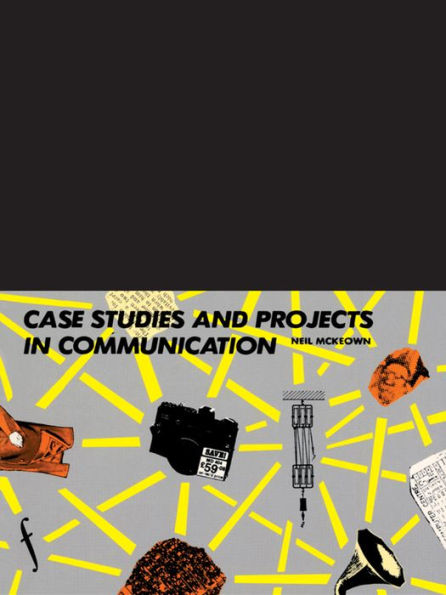This book is based on the assumption that the best way to clarify communication theory is to start with particular practical examples from case studies, and to introduce the theory as particular practical issues of communication arise. At the very beginning, just to introduce you to the field, we’ve included some communication terms and a simple model. In the second half of the book more communication theory is introduced as ideas about student project work are developed. Many of my students have often found it difficult to recall, let alone apply, communication theory unless it’s closely connected to actual examples of communication.
Instead of just dipping into the book anywhere, though, you should start at the beginning, since the material is supposed to become progressively more difficult. But if on your particular course you are only doing projects and not covering case-study work, then you should start at the beginning of the second half of the book. You should use the assignments included throughout to practise communication skills, and then to apply principles, concepts and models of communication. The first assignment, for example, involves the relatively simple skill of summarizing material; but by the end of the book you should have picked up a lot of help for actually producing a project, which involves a much wider range of skills. You should also, by then, be thoroughly used to reflecting on the process of communication as it occurs in your work, and be able to apply the communication models introduced to actual examples of your ‘communicative experience’.
This book is based on the assumption that the best way to clarify communication theory is to start with particular practical examples from case studies, and to introduce the theory as particular practical issues of communication arise. At the very beginning, just to introduce you to the field, we’ve included some communication terms and a simple model. In the second half of the book more communication theory is introduced as ideas about student project work are developed. Many of my students have often found it difficult to recall, let alone apply, communication theory unless it’s closely connected to actual examples of communication.
Instead of just dipping into the book anywhere, though, you should start at the beginning, since the material is supposed to become progressively more difficult. But if on your particular course you are only doing projects and not covering case-study work, then you should start at the beginning of the second half of the book. You should use the assignments included throughout to practise communication skills, and then to apply principles, concepts and models of communication. The first assignment, for example, involves the relatively simple skill of summarizing material; but by the end of the book you should have picked up a lot of help for actually producing a project, which involves a much wider range of skills. You should also, by then, be thoroughly used to reflecting on the process of communication as it occurs in your work, and be able to apply the communication models introduced to actual examples of your ‘communicative experience’.

Case Studies and Projects in Communication
184
Case Studies and Projects in Communication
184
Product Details
| ISBN-13: | 9781134954131 |
|---|---|
| Publisher: | Taylor & Francis |
| Publication date: | 08/12/2005 |
| Series: | Studies in Culture and Communication |
| Sold by: | Barnes & Noble |
| Format: | eBook |
| Pages: | 184 |
| File size: | 2 MB |
